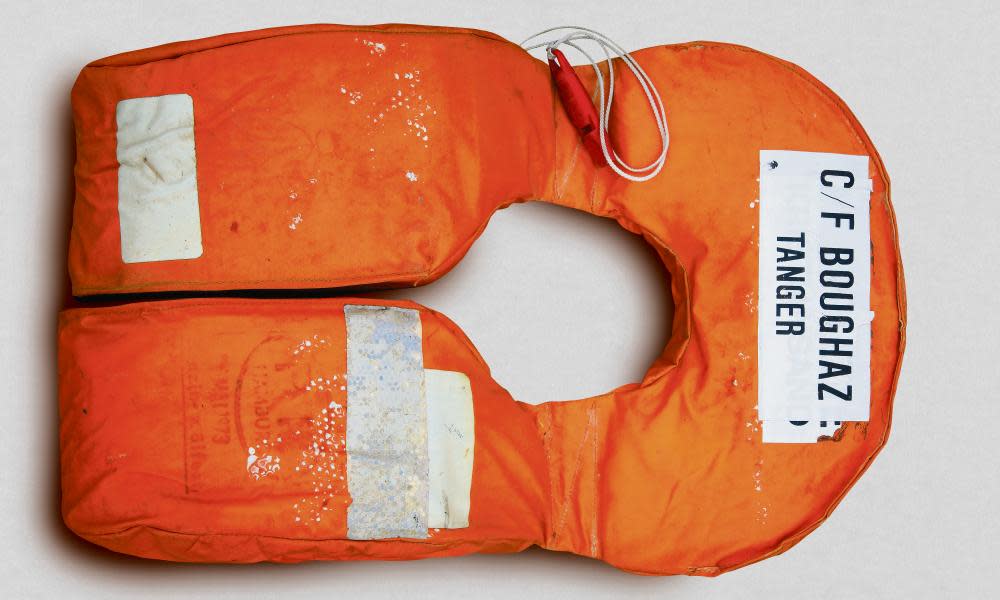The List: the 34,361 men, women and children who perished trying to reach Europe

Today, on World Refugee Day, the Guardian is distributing a list of the 34,361 migrants and refugees known to have died attempting to find a new home within the borders of the European Union.
It has been compiled by United for Intercultural Action, a European network of 550 anti-racist organisations in 48 countries. The List stretches back to 1993, when Kimpua Nsimba, a 24-year-old refugee from Zaire, was found hanged in a detention centre, five days after arriving in the UK.
The List only details refugees whose deaths have been reported: the toll is almost certainly far higher than 34,361. As international media coverage of the refugee crisis has taught us, many more deaths go undocumented. Migrants are lost at sea, or die in the backs of trucks; they are killed in perilous conditions in camps, or by far-right hate groups; or the extreme stress of their situation leads them to take their own lives.
Istanbul-based artist Banu Cennetoğlu, whose work explores the way knowledge is collated and distributed, and its subsequent effect on society, has worked with the List since 2002.
What is the List?
Since 1993, activists at the network United for Intercultural Action have made a record of every reported instance in which someone has died trying to migrate into Europe. In all, 61 deaths were recorded in 1993; 3,915 were recorded in 2017.
What sources did they use?
The small team, based in the Netherlands, drew on reports in the local, national and international press, as well as NGO records. Though the vast majority of people died during en route for Europe – most of them at sea - the List also points out that hundreds died in custody, and hundreds more took their own lives. Most deaths recorded on the List are anonymous.
How many deaths have been recorded?
As of 5 May 2018, the figure stood at 34,361. But activists acknowledge that the List is neither definitive nor comprehensive. The real number is likely to be far higher, as many thousands of people will have died without trace during sea and land journeys over the years.
Why is the Guardian involved?
With work on the Windrush scandal and the award-winning New Arrivals series, the Guardian has demonstrated its commitment to exposing the social injustice faced by refugees and migrants. On Wednesday June 20, the Guardian becomes the first English-language daily to publish the List in full. It is also available as a PDF download on our website.
Among other places, she has put it on bus stops in Basel, Switzerland; billboards in Amsterdam; a wall in Los Angeles; advertising columns in Berlin; and a public screen on top of Istanbul’s Marmara Pera hotel.
This is the first time the List has appeared as a supplement in an English-language newspaper; it is also available from today as a downloadable PDF on the Guardian’s website.
The List is not an artwork in itself – the art lies in its dissemination. Cennetoğlu always ensures that the look of the list remains the same – a grid of data, showing the year, the name of the refugee, where he or she came from, the cause of the death and the source.
The most recent version of the List was finished on 5 May 2018. Other material has been produced by Guardian journalists, using the List as a source, to report on how the shape of the refugee crisis has changed over the years.
The List is a stark depiction of the scale of the refugee crisis and the human suffering it has caused over the past 25 years – misery that seems to have no end in sight.
This edition of The List has been commissioned and produced by Chisenhale Gallery, London, and Liverpool Biennial in conjunction with Banu Cennetoğlu’s exhibition at Chisenhale Gallery (28 June-26 August) and as part of Liverpool Biennial of Contemporary Art (14 July-28 October).
The List is being given away as part of a supplement with the 20 June print edition of the Guardian.

 Yahoo News
Yahoo News 
